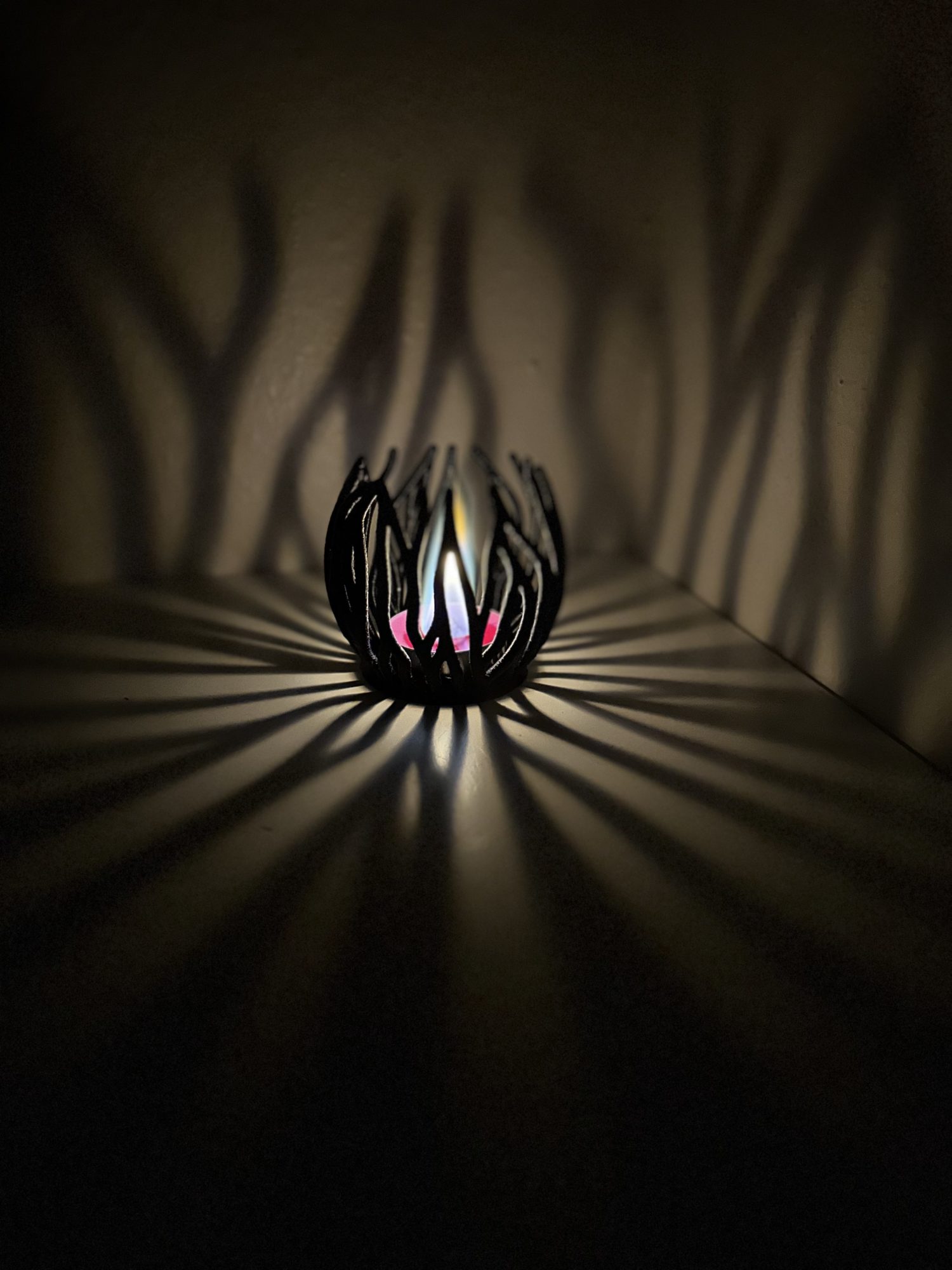Since the first week of syllabus discussion in class, I had been fixated on a certain theme for my final project artifact. Initially, I did not exactly know what the artifact would be, but I wanted to conform it to the theme of light and shadow or the interplay between them. The project requirements needed the artifact to be dynamic in nature. With these constraints in mind, I attempted three different variations for my final project.
The first attempt was the design and 3D print an anamorphous sculpture which would cast shadows from different angles (front and side). This sculpture was designed to cast one shadow when projected with light from front and a completely different shadow when projected from the side of the sculpture. This idea, unfortunately, did not come to fruition. The main hurdle in this idea was to model the sculpture to get a proper second shadow. I dropped this idea well in advance so as to have enough time for my second attempt.
The second idea was to use a pre-designed 3D model of Burj Khalifa and design a sundial clock around this model using programmable LEDs. I was able to print the model, but it lacked detail and the 3D model needed a lot of refinement and finishing so as to cast sharp shadows with the LEDs. After spending a whole week trying to modify the model, I felt I was very short on time and decided to drop this idea for now.
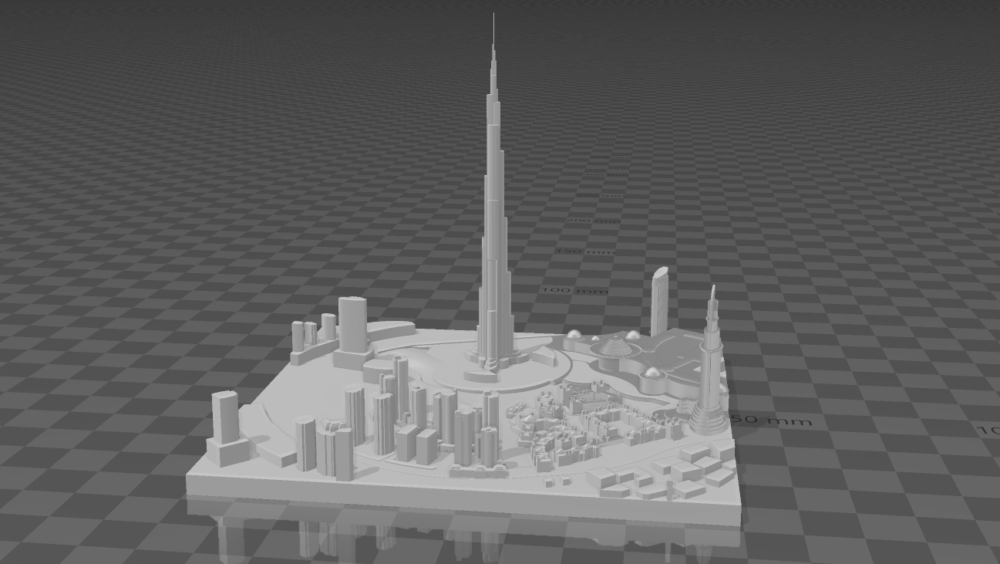
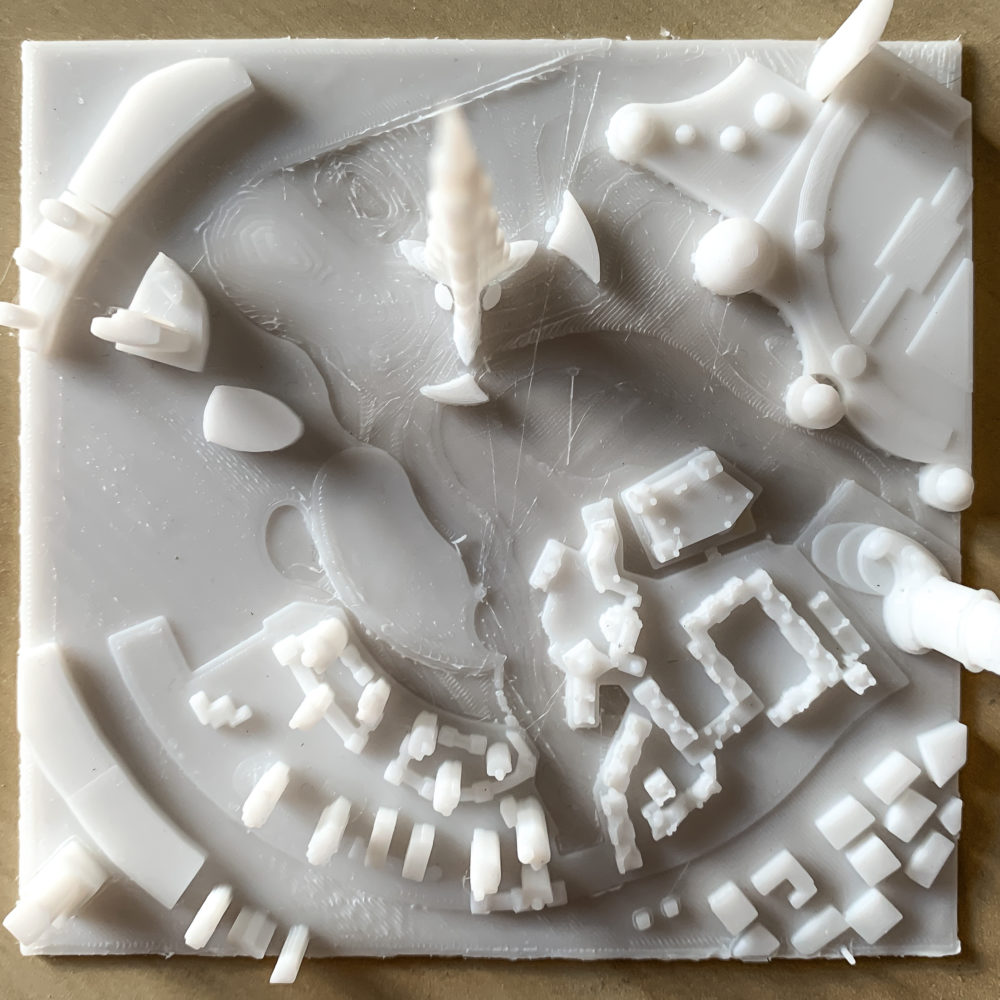
While working on these concepts, I had a personal project idea, which I was going to work on during the summer. This idea was inspired by two research papers which used the concept of shadow clouds.
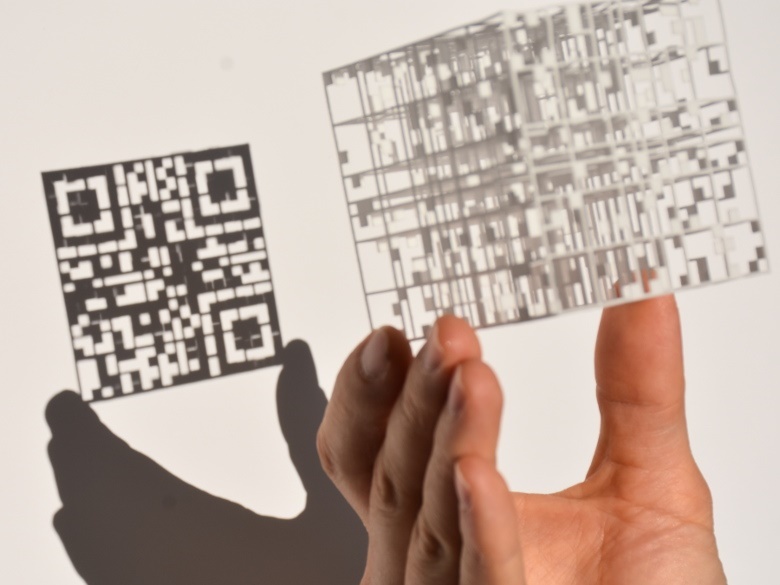
This idea is centered around a three-dimensional object that can cast various shadows depending on where the source of light is located with respect to the spectator and object. These shadows can take the form of anything you want , depending on the image you encode in the 3D object.

The second idea uses shadows and 3D printing to help visualize 4D world. The fourth dimension simply being the third dimension’s shadow. The author and artist Henry Segerman of Oklahoma State University uses shadows, lights, and different translations of the hypercube to try and explain how we can actually think of a fourth dimension without smoke out of our ears.
Using the above concepts, I was already designing a tealight holder which would project shadows. Shadows which will look like a forest fire. The small but illuminating flame of a tealight would project an enlarging shadow which moved depending on the flickering of the flame. I initially intended to work on this design and creating the artifact out of stained glass as a personal project. But because of the failed final project ideas, I had to use this as my final project.
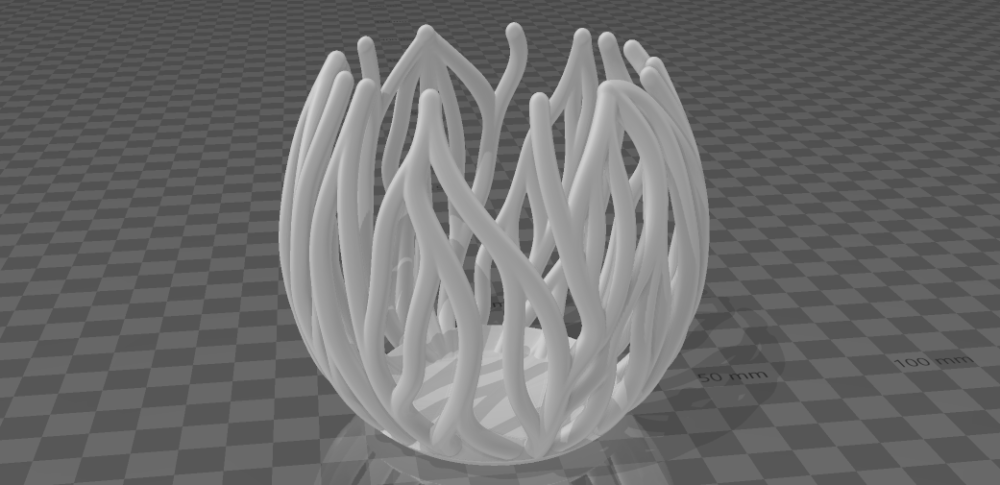
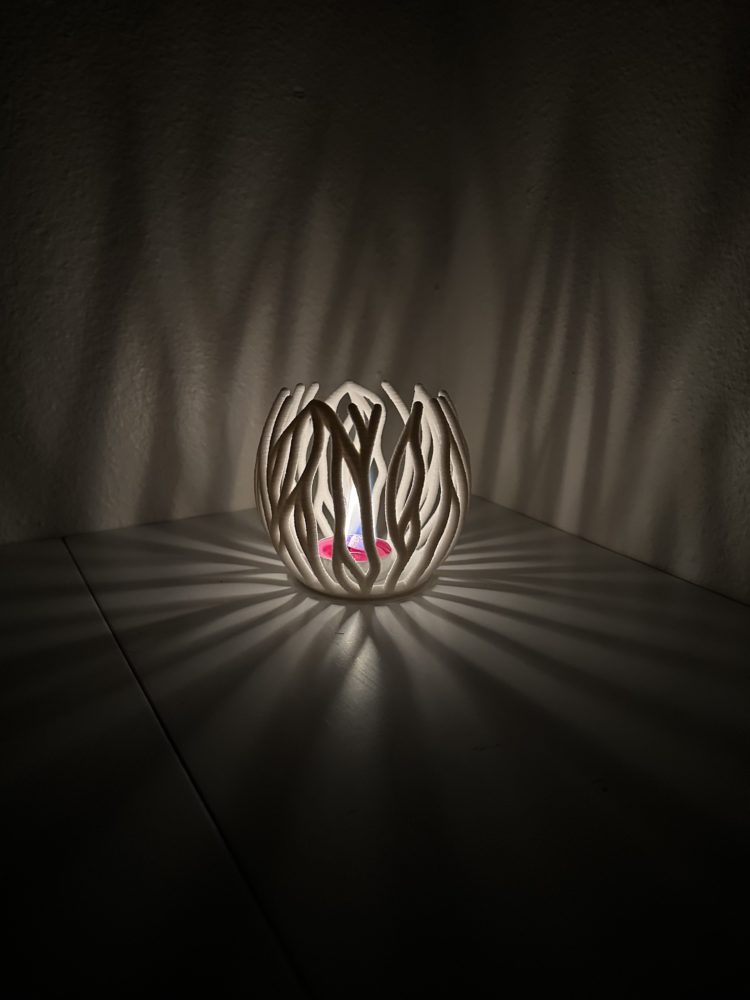
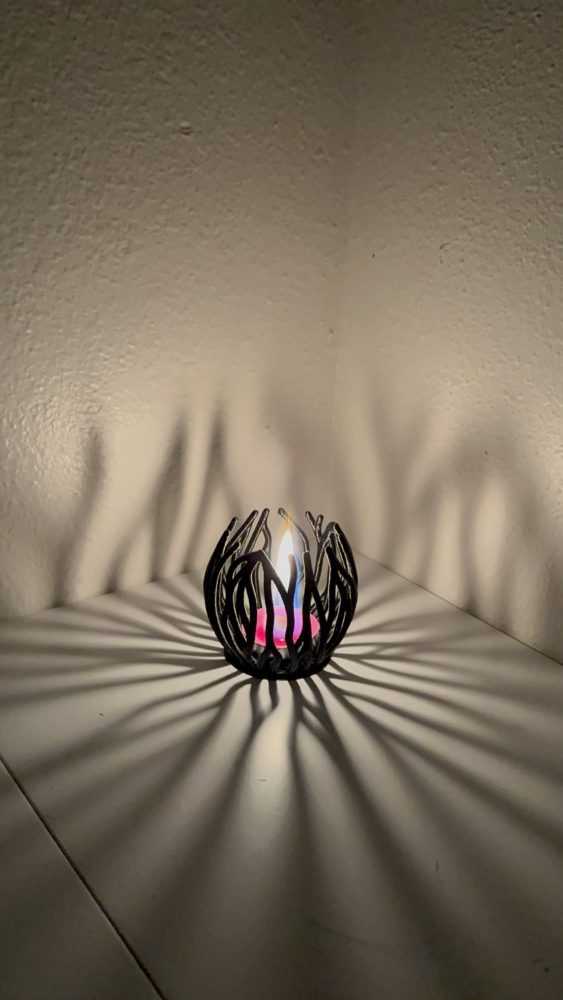
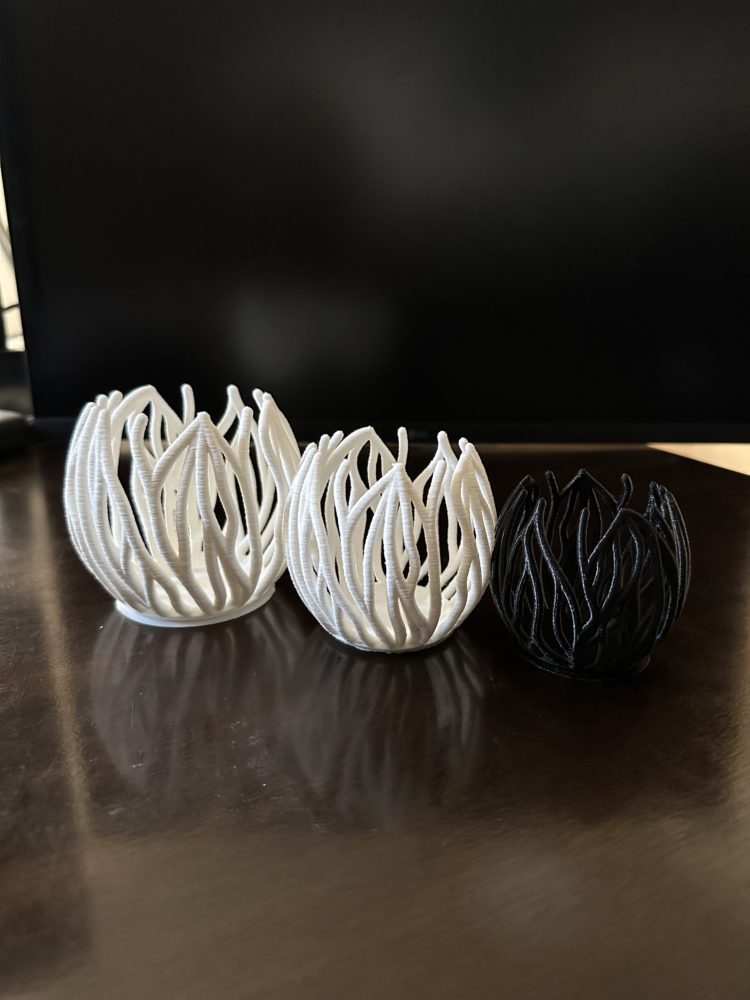
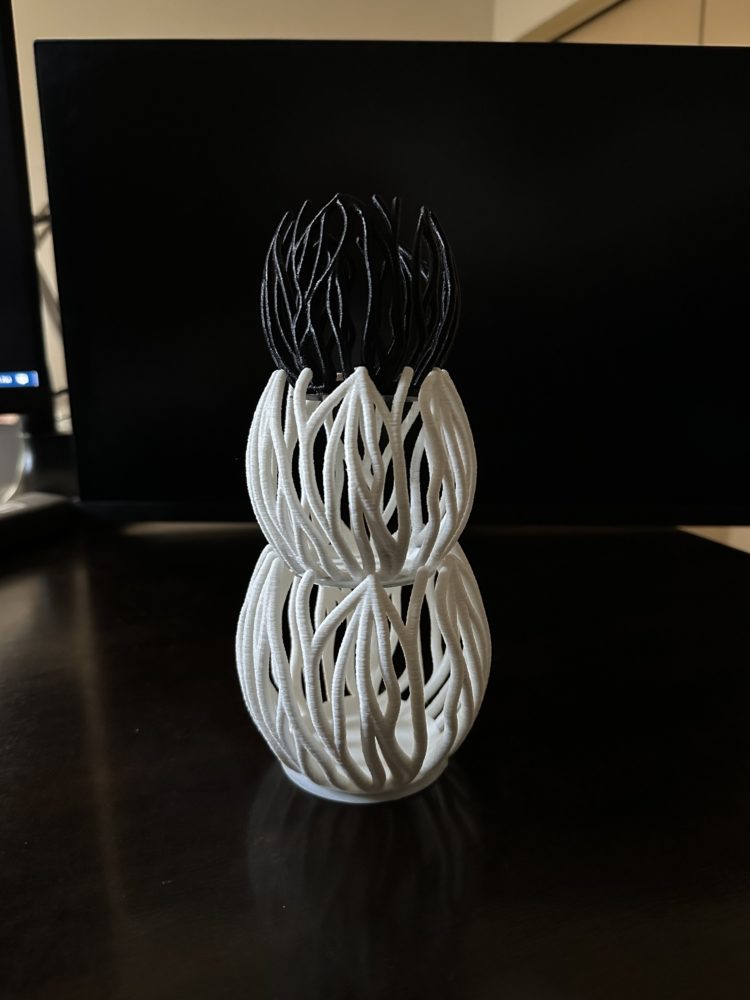
I printed 3 different sizes of the tealight holder to see which casts the best shadow. All 3 sizes work beautifully and create a very cozy lighting effect. As for the theme and aesthetic, I was always going to keep it minimalist and monochromatic. I intended to paint the middle size grey, but ended up short on time. Even without the tealight inside them, they have a striking shape and can be used as a stand alone decorative piece. The white is my personal favorite as it’s bright and vibrant during the days and even with the tealight in it, it creates a strong shadow and the contrast of light and dark looks visually very pleasing.
I will be discussing the design of this shape and form in detail in the “part 2 How” post. There are multiple inspirations behind this design and I am somewhat happy with the way it turned out.
Sources:
Research paper 1 :- (https://i.materialise.com/blog/en/a-magical-3d-printed-piece-of-art-the-shadow-cloud/)
Research paper 2 :- (https://3dprint.com/45119/4d-sculptures/amp/)

